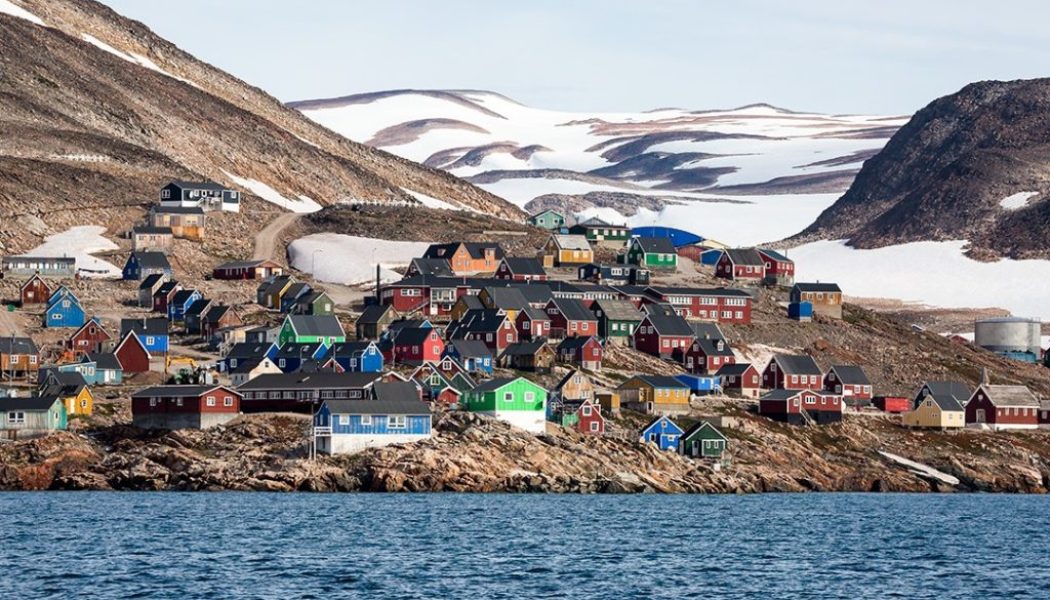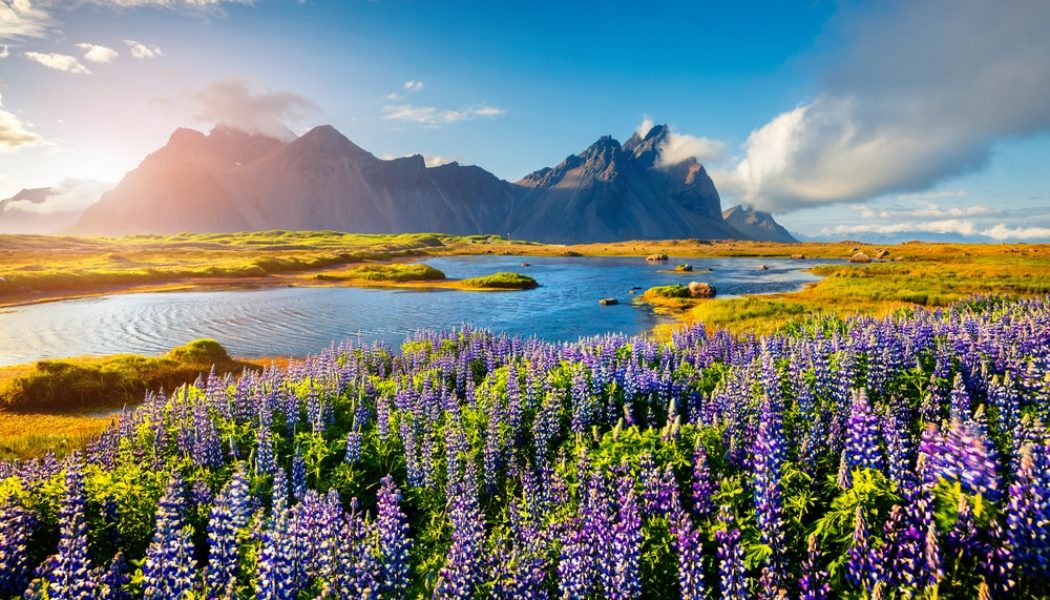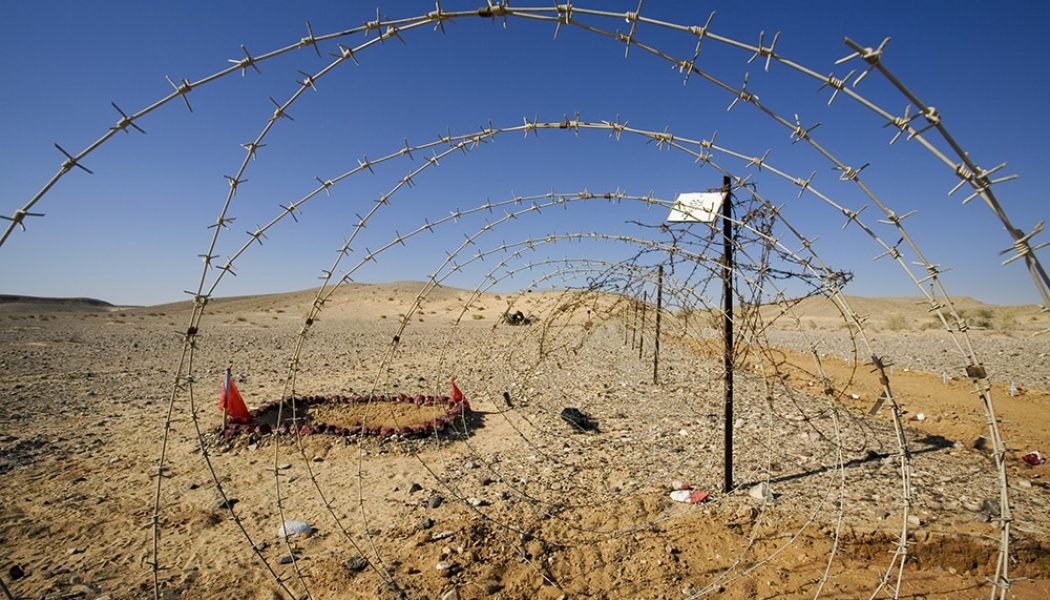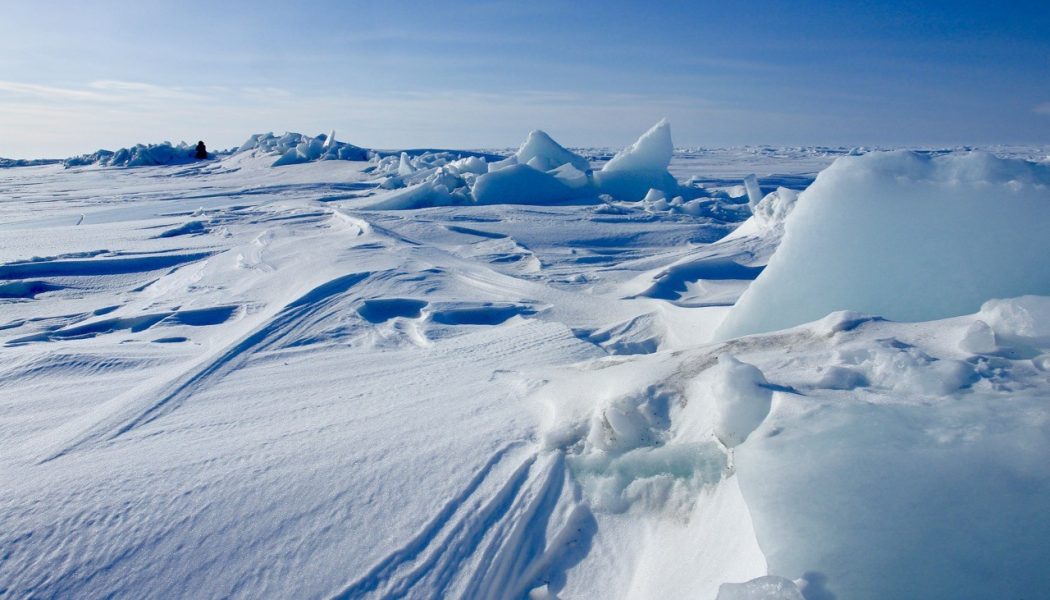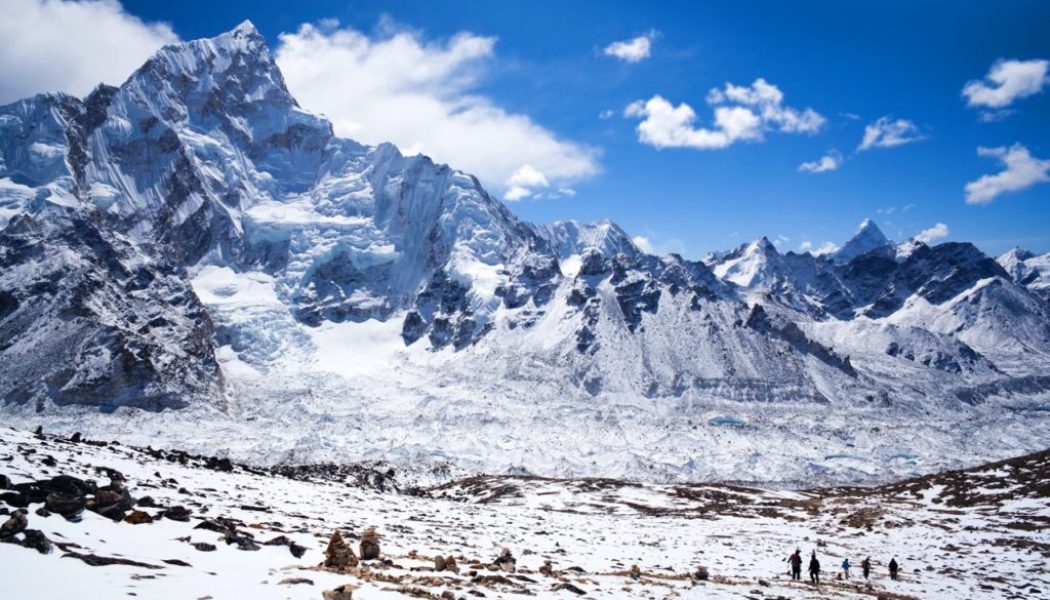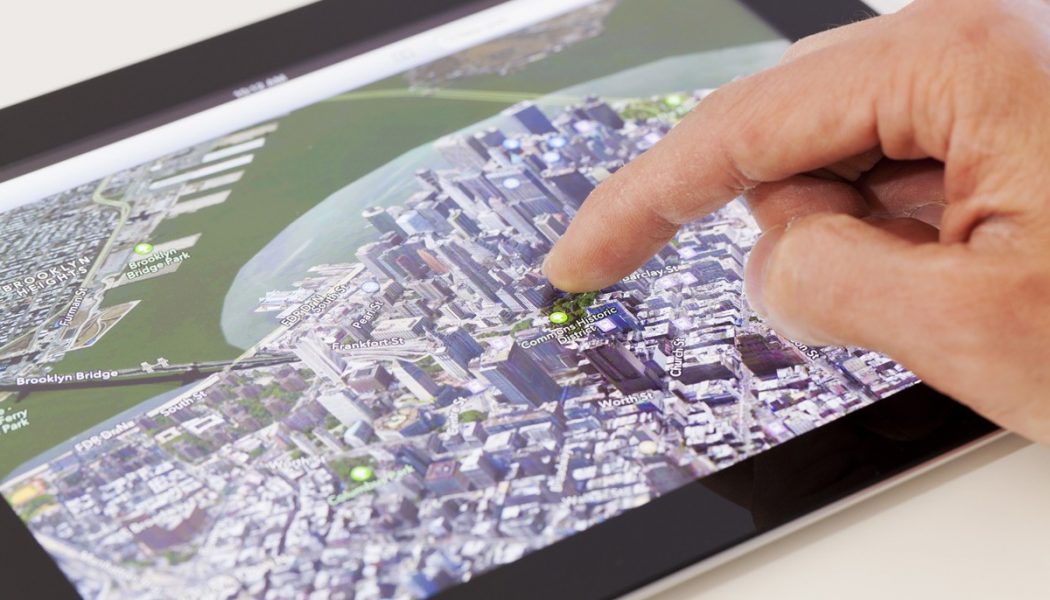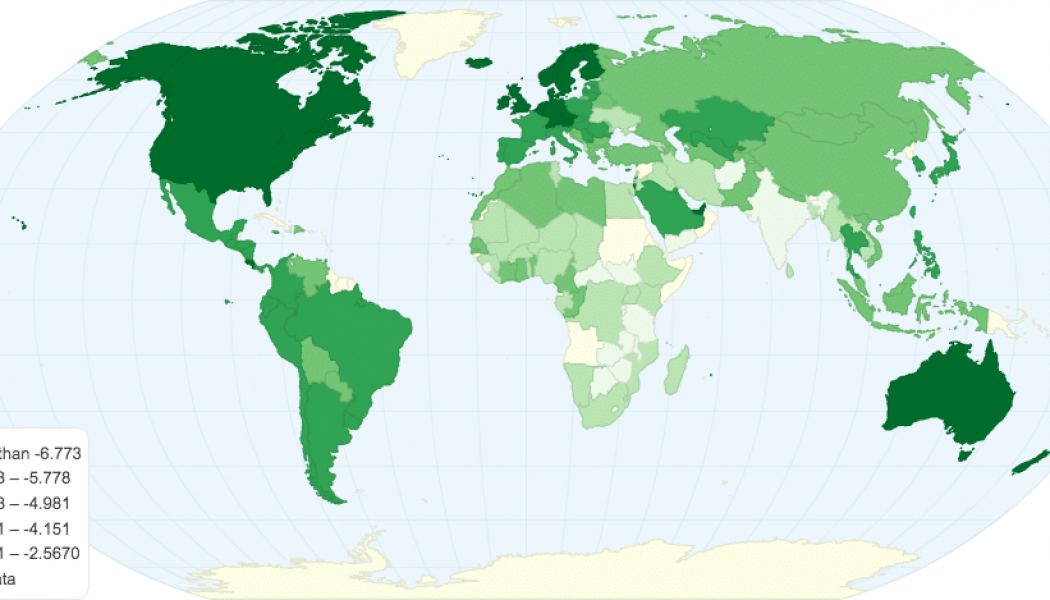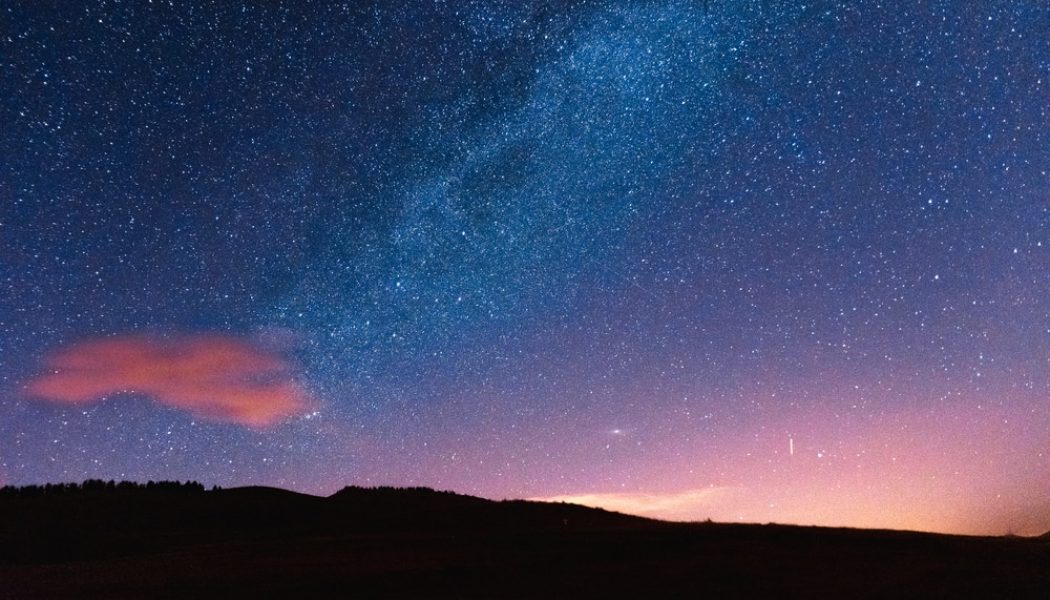geography
12 of Earth’s most remote places and communities
From eastern Greenland to northern Alaska, we explore some of the most remote places on Earth Whether it’s astronomical distances, inhospitable climates or extreme terrains that define these remote and hostile lands, there’s one thing they all have in common: they are on my bucket list. That and the fact that people live there. It’s highly unlikely I’ll actually make it to many of these far-flung realms – I certainly didn’t get to Ittoqqortoormiit on my 2019 trip to Greenland – but I salute the hardcore residents who carve out an existence in the most remote places and communities on Earth. 1. Ittoqqortoormiit, Greenland Ittoqqortoormiit is located on Liverpool Land, a peninsula in eastern Greenland and one of the most remote towns in the country. It was first inhabited in 1925 b...
Ranked: most peaceful countries in the world 2021
The most peaceful countries in the world have been updated for 2021. Read our insights from the study and browse the rankings below Once again, Iceland is the most peaceful country in the world followed by New Zealand, Denmark, Portugal, and Slovenia. However, the world is a less peaceful place as civil unrest and political instability has increased due to the global pandemic according to the latest Global Peace Index (GPI) report. Afghanistan is the least peaceful country in the world for the fourth year in a row, followed by Yemen, Syria, South Sudan, and Iraq. The GPI report is the only statistical measure of its kind and makes it possible to rank 163 independent states based on how peaceful they are. The 163 states cover over 99% of the world’s population and are assessed&nbs...
Most dangerous countries in the world 2021 – ranked
The most dangerous countries in the world to visit in 2021 have been revealed in the latest Travel Risk Map Now in its 12th year, the Travel Risk Map is an interactive tool produced by security specialists at International SOS. It is used to predict the safest and, conversely, the least safe countries in the world. The map comprises three sections: medical, security and road safety. For the security section, countries are indexed according to their travel security risk rating, which uses five risk definitions: insignificant, low, medium, high and extreme. International SOS uses a number of criteria to assess how the conditions in the country may impact visitors’ safety and security. These include the threat posed to travellers by political violence (including terrorism, insurgency, po...
Poles of inaccessibility: the middle of nowhere
The poles of inaccessibility are arguably the true last frontiers for explorers. But where and what are they? I’ve long been fascinated with the most remote places on Earth and the epic journeys of discovery to reach them. I’ve spent countless long mornings lying in bed leafing through giant reference books on the Heroic Age of Antarctic Exploration and even longer afternoons poring over immense maps detailing epic quests across untamed oceans. It was the names of Amundsen, Livingstone and Magellan and their unfathomable tales of distant lands, high seas and adventure that first inspired me to travel. For modern explorers, the poles of inaccessibility represent the outer limits of mankind’s grip on our planet. What are the poles of inaccessibility? Not to be confused with the Nor...
International borders: 10 remarkable frontiers
From mountains to libraries, we take a look at some of the most extraordinary international borders to be found across the globe Over the last few years, we’ve seen an impressive collection of new websites, blogs and social media accounts dedicated to ‘travel porn’. They’re filled with big, sweeping images of fairytale lands and precarious precipices. Sometimes, like this incredible piece on architectural density in Hong Kong, they’ll depict urban decay or stifling poverty – always gilded by the photographer’s lens. At Atlas & Boots, we always wanted to strike the right balance between travel porn and more in-depth content; the type that provided some previously unknown knowledge or insight. We’re using the current downtime to update some old content and came across this post about unu...
Map projections of the world: which one is the best?
We explore the most common map projections of the world, how they work and which one is the best Kia is usually described as the geek in our relationship. She’s the one with a computer science degree, she’s the one with the editor’s eye and she’s the Star Trek fan who describes herself as Seven of Nine… which is cool apparently? A friend of hers recently described her as “the one who puts the apostrophe in rock ‘n’ roll”. That said, I have a few streaks of geek in me too. I’m a bit of a history nerd and can talk at great length about photography lenses and filters. But above all, I love maps. One day, perhaps when we win the lottery and can afford a house with more than one bedroom, I will have a cartography room dedicated to my scores of Ordnance Survey maps, my collection of outdated cla...
Happiest countries in the world 2020
The happiest countries in the world 2020 have been ranked in the latest World Happiness Report. For the third year running, Finland holds on to top spot Happiness is a nebulous thing; hard to grasp and harder to hold onto. Scientists, economists and philosophers have defined it through the ages as a combination of different things, among them health, wealth, companionship and security. Various indices attempt to rank the happiest countries in the world on an annual basis. The World Happiness Report from the UN’s Sustainable Development Solutions Network (SDSN) is particularly interesting as it ranks 153 countries by how happy their citizens perceive themselves to be. The SDSN employs an international group of economists, neuroscientists and statisticians to survey citizens on their subject...
Star struck: exploring the world’s Dark Sky Reserves
International Dark Sky Reserves are protected areas that offer exceptionally starry nights. We review the 16 places that hold this hallowed status They sound like something out of Star Trek, these ‘Dark Sky Reserves’ – like they may have been conjured one evening in a lively LA writers room. Unlike the ‘Delta Quadrant’ or ‘Delphic Expanse’, however, International Dark Sky Reserves actually exist. We at Atlas & Boots hadn’t heard of them until our recent trip to New Zealand‘s Aoraki Mackenzie, one of the world’s 16 Dark Sky Reserves. Governed by the International Dark Sky Association (IDA), Dark Sky Reserves are defined as follows. A public or private land possessing an exceptional quality of starry nights and nocturnal environment that is specifically protected for its scientific, natu...
- 1
- 2
